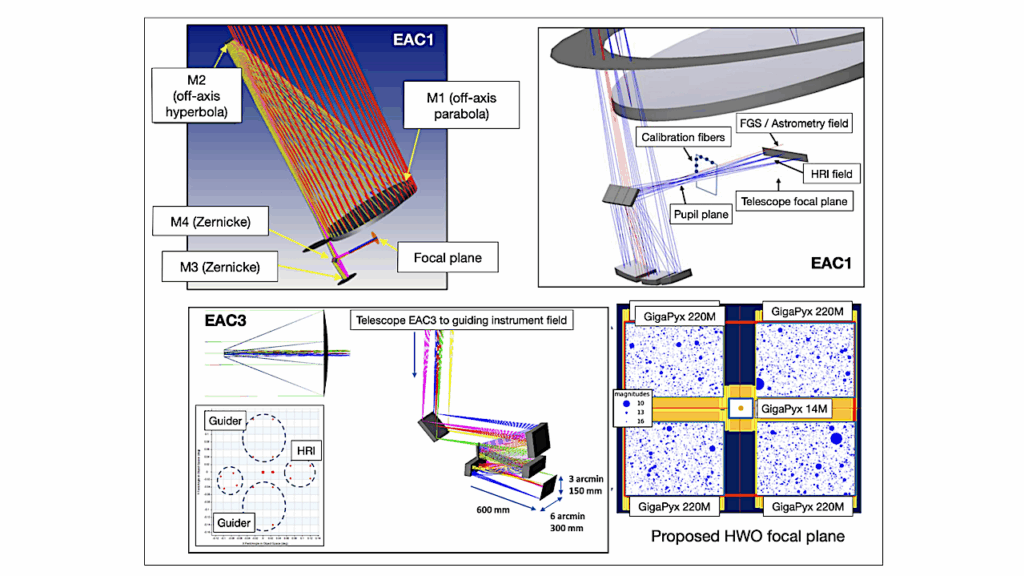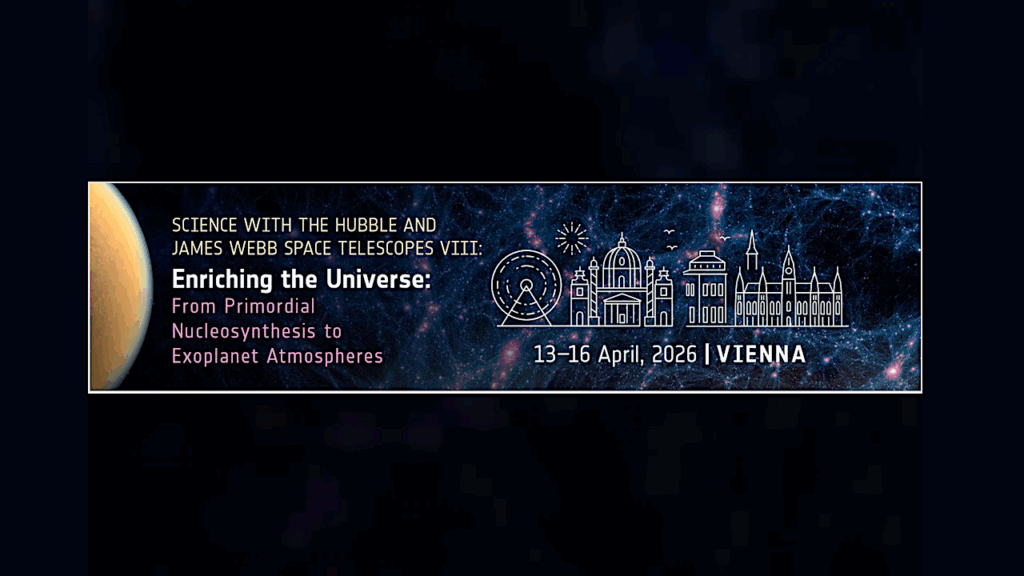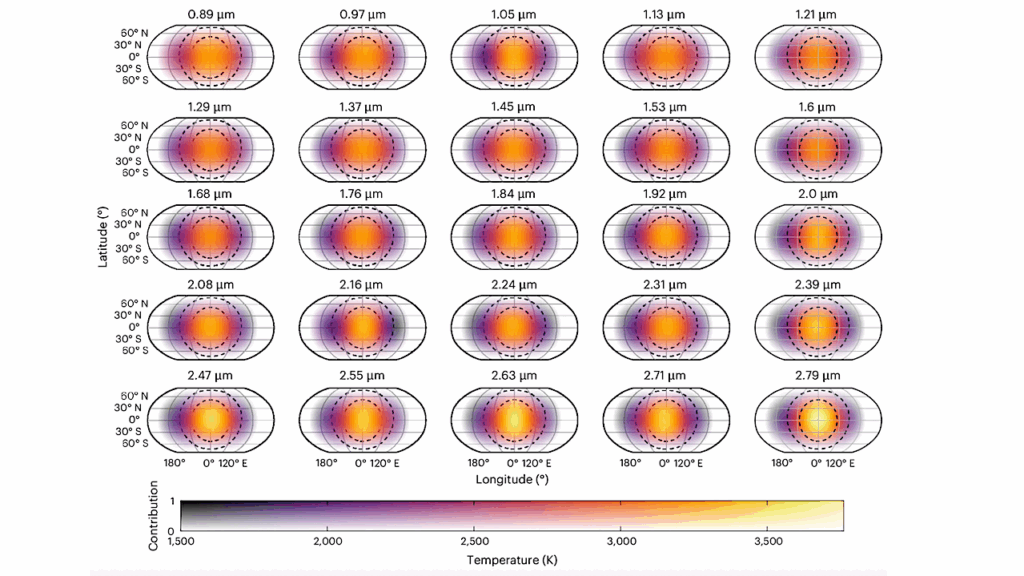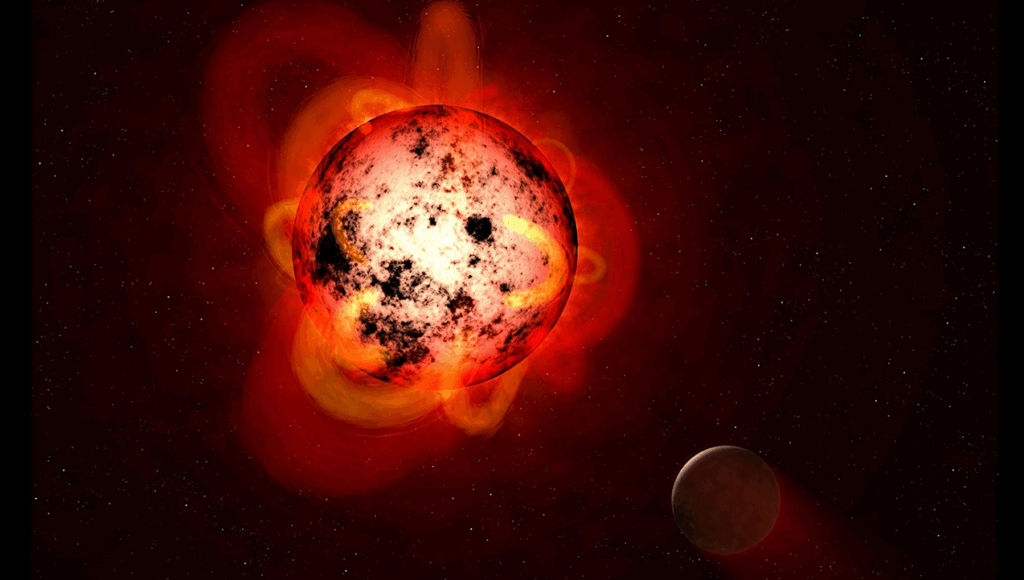The Mid-infrared Spectrum Of Beta Pictoris b. First VLTI/MATISSE Interferometric Observations Of An Exoplanet
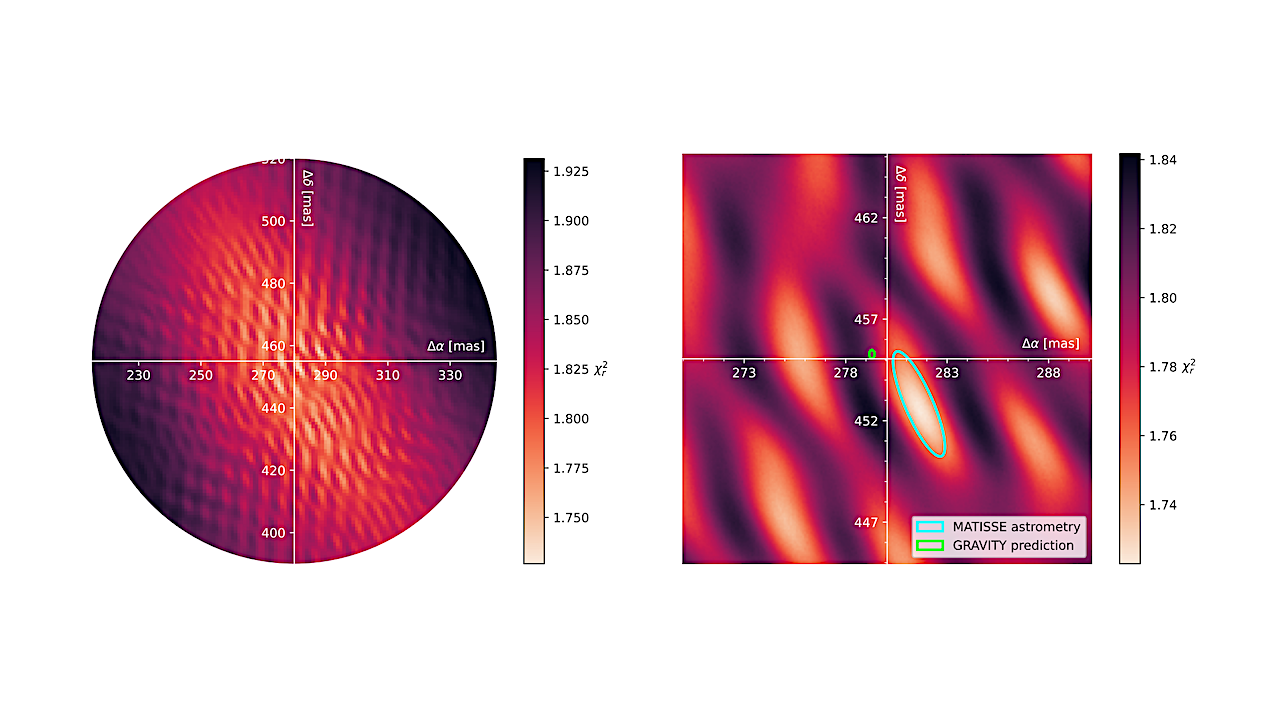
Few spectra of directly-imaged exoplanets have been obtained in the mid-infrared (> 3 μm). This region is particularly rich in molecular spectral signatures, whose measurements can help recover atmospheric parameters and provide a better understanding of giant planet formation and atmospheric dynamics.
In the past years, exoplanet interferometry with the VLTI/GRAVITY instrument has provided medium-resolution spectra of a dozen substellar companions in the near infrared. The 100-meter interferometric baselines allow for the stellar and planetary signals to be efficiently disentangled at close angular separations (< 0.3”).
We aim to extend this technique to the mid-infrared using MATISSE, the VLTI’s mid-infrared spectro-interferometer. We take advantage of the fringe tracking and off-axis pointing capabilities recently brought by the GRA4MAT upgrade. Using this new mode, we observed the giant planet β Pictoris b in L and M bands (2.75-5 μm) at a spectral resolution of 500.
We developed a method to correct chromatic dispersion and non-common paths effects in the fringe phase and modelled the planet astrometry and stellar contamination. We obtained a high-signal-to-noise spectrum of β Pictoris b, showing the planet continuum in L (for the first time) and M bands, which contains broad absorption features of H2O and CO.
In conjunction with a new GRAVITY spectrum, we modelled it with the ForMoSA nested sampling tool and the Exo-REM grid of atmospheric models, and found a solar carbon-to-oxygen ratio in the planet atmosphere.
This study opens the way to the characterization of fainter and closer-in planets with MATISSE, which could complement the JWST at angular separations too close for it to obtain exoplanet spectra. Starting in 2025, the new adaptive optics system brought by the GRAVITY+ upgrade will further extend the detection limits of MATISSE.
M. Houllé, F. Millour, P. Berio, J. Scigliuto, S. Lacour, B. Lopez, F. Allouche, J.-C. Augereau, D. Blain, M. Bonnefoy, M. Carbillet, G. Chauvin, J. Leftley, A. Matter, J. Milli, P. Mollière, E. Nasedkin, M. Nowak, P. Palma-Bifani, É. Pantin, P. Priolet, M. Ravet, J. Woillez, W. Balmer, P. Boley, V. Gámez Rosas, J. H. Girard, X. Haubois, S. Hinkley, M. Hogerheijde, W. Jaffe, J. Kammerer, L. Kreidberg, O. Lai, S. Lagarde, A. Labdon, J.-B. Le Bouquin, A. Meilland, A. Mérand, C. Paladini, R. Petrov, E. Rickman, Th. Rivinius, S. Robbe-Dubois, R. van Boekel, J. Varga, A. Vigan, J. J. Wang, G. Weigelt
Comments: 21 pages, 17 figures. Accepted for publication in A&A
Subjects: Earth and Planetary Astrophysics (astro-ph.EP); Instrumentation and Methods for Astrophysics (astro-ph.IM)
Cite as: arXiv:2508.18366 [astro-ph.EP] (or arXiv:2508.18366v1 [astro-ph.EP] for this version)
https://doi.org/10.48550/arXiv.2508.18366
Focus to learn more
Submission history
From: Mathis Houllé
[v1] Mon, 25 Aug 2025 18:00:11 UTC (4,268 KB)
https://arxiv.org/abs/2508.18366
Astrobiology


